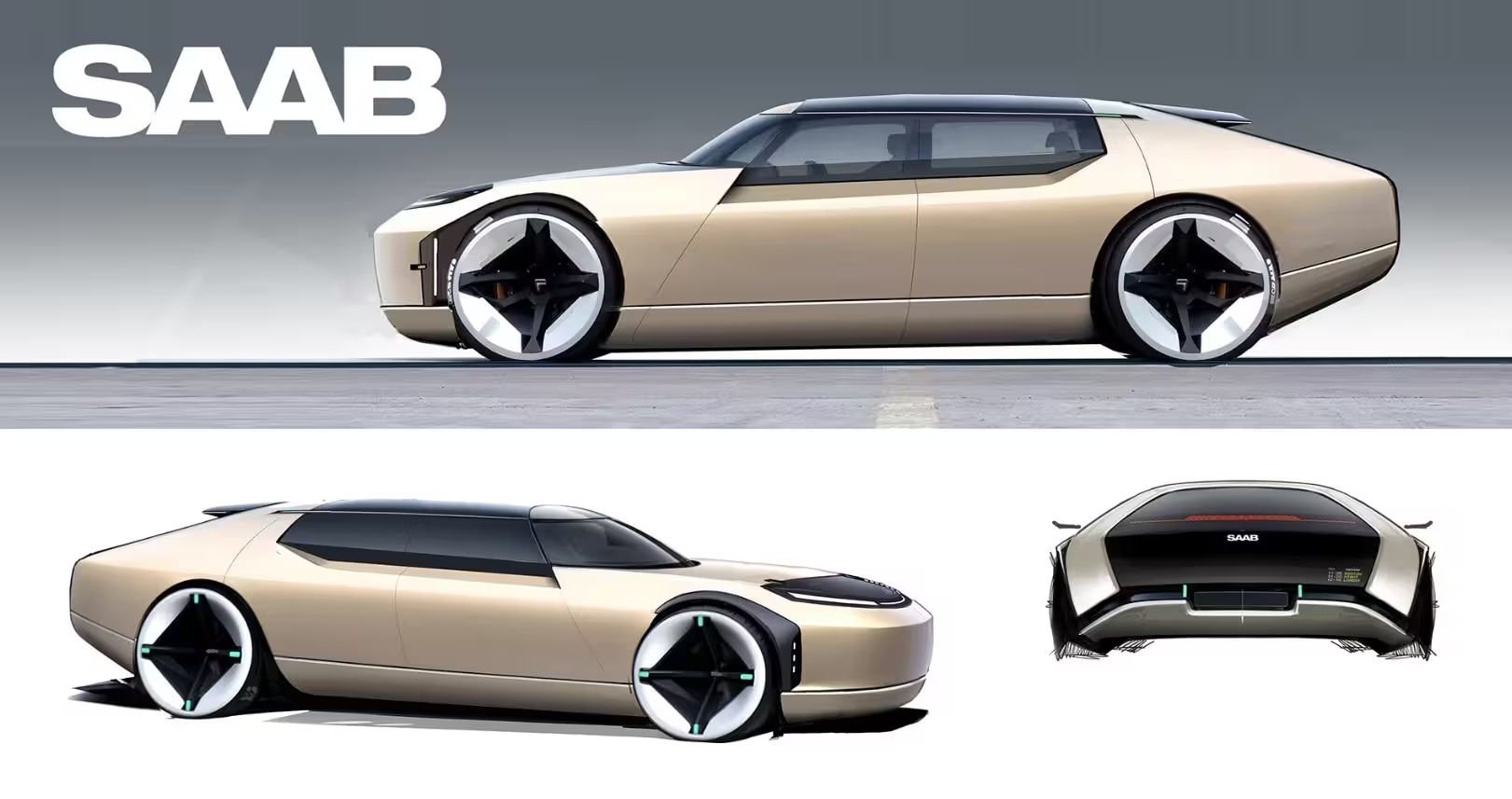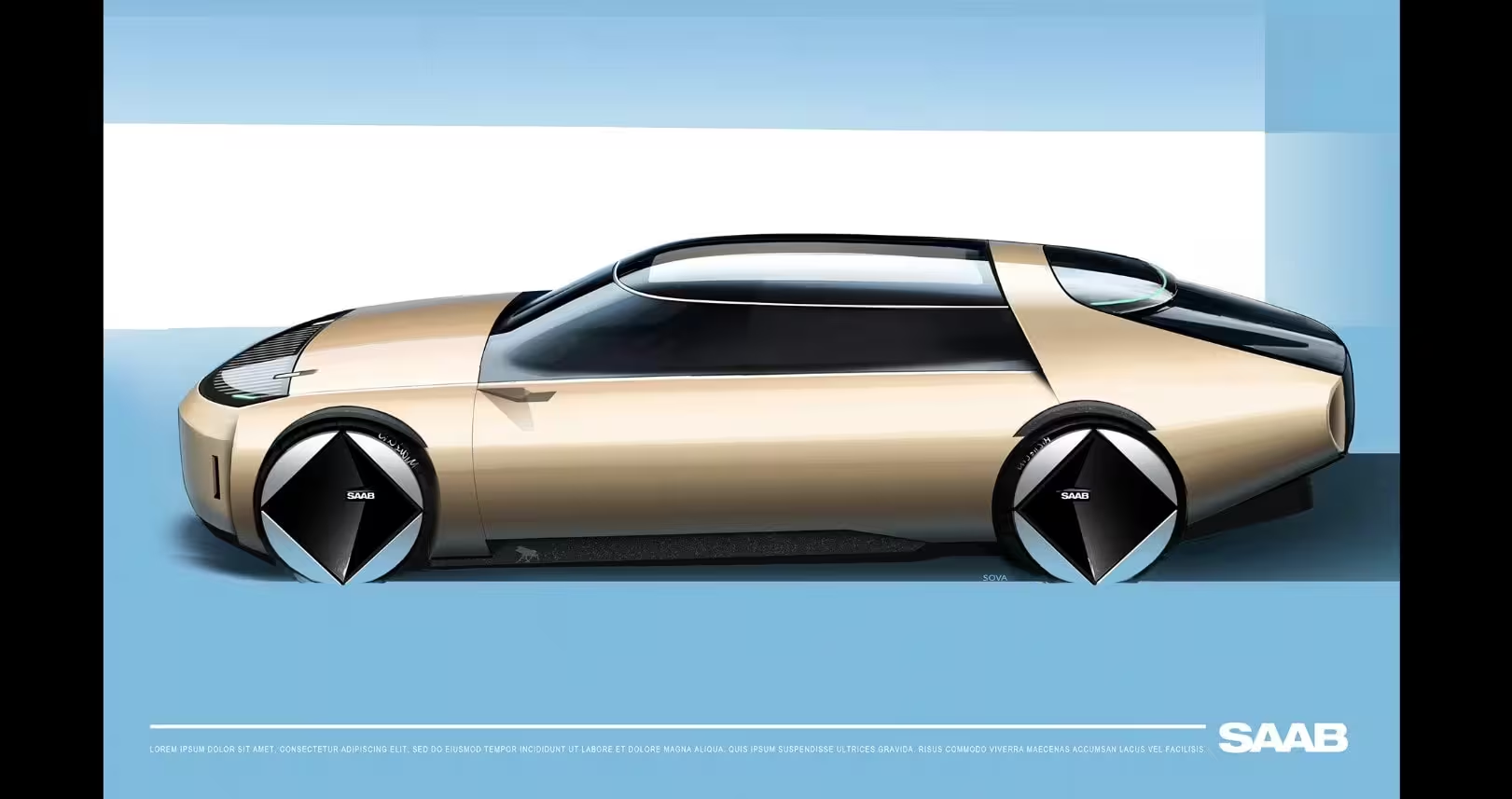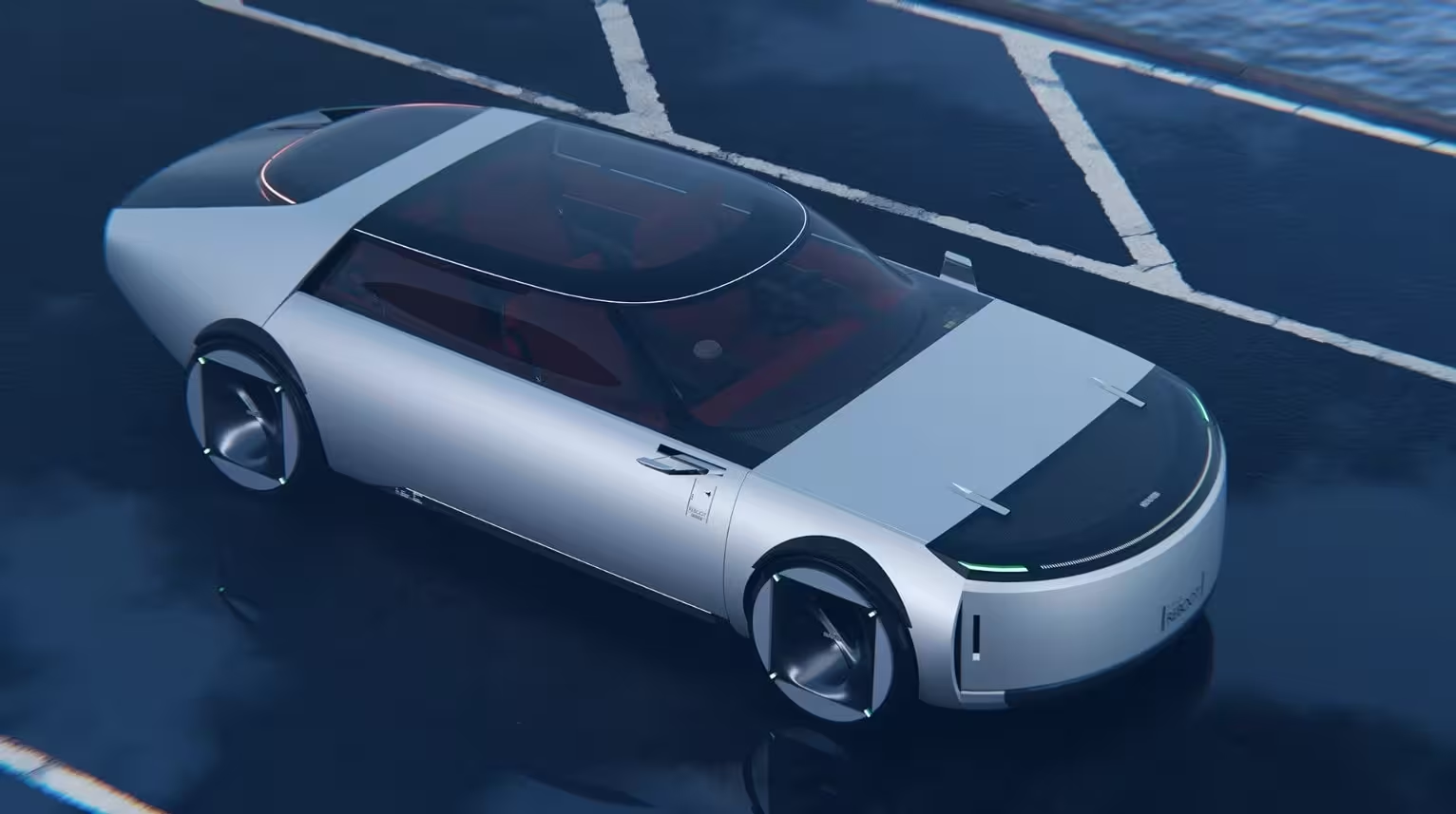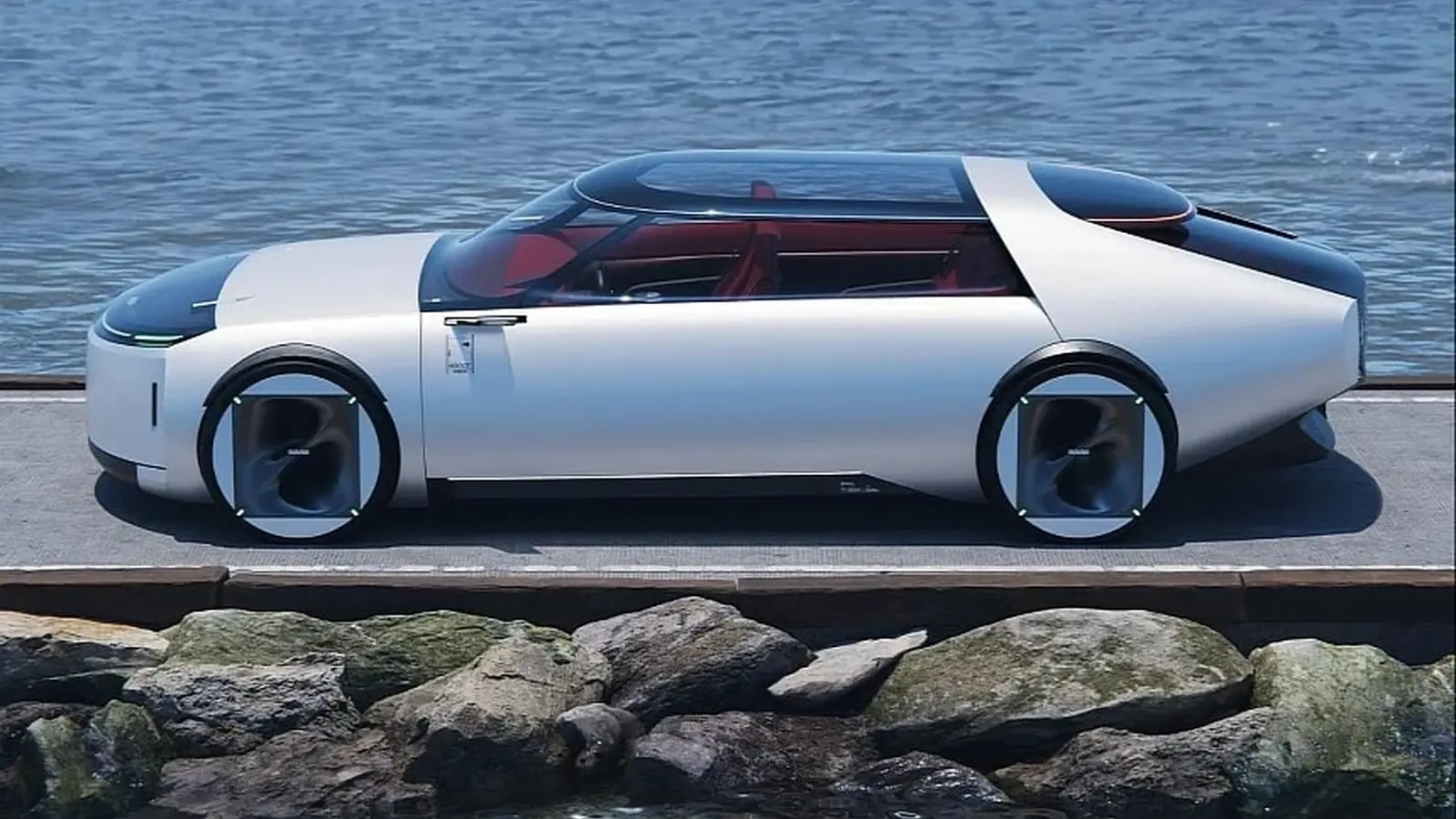4 Minutes
Saab's virtual comeback lands with fighter-jet flair
Do you remember Saab the carmaker? Not the aerospace icon that built the Gripen fighter, but the Swedish auto marque that married aircraft-inspired design with everyday practicality. A new CGI concept by digital artist David Sova imagines what a modern Saab revival might look like: a jet-inspired, four-door fastback that feels equal parts luxury sedan and cockpit-forward fighter craft.
Saab's real history reads like a dramatic chapter in automotive business cycles. Born from Saab AB's post‑World War II effort to build small cars, the first Saab 92 rolled out in 1949 with an aerodynamic philosophy borrowed from aircraft engineering. The brand enjoyed cult status through models like the 900, 9000, 9-3 and 9-5, before years of corporate churn led to bankruptcy and the brand disappearing from showrooms by 2016.

From aviation roots to CGI revival
Sova's hypothetical 'Saab Reboot' returns the design language to its aeronautical roots. The concept references the Saab 35 Draken fighter — notably in its cockpit-inspired glasshouse and canopy-like cabin. The result is a sleek, low-drag fastback with dramatic proportions and a clear narrative: this is Saab as aerospace-luxury.
Design highlights include:
- A crimson-tinted cockpit with wraparound glass that evokes a fighter canopy
- Wing-like, pop-up exterior cameras instead of traditional mirrors
- Hidden door seams for a cleaner profile on a four-door fastback
- Jet-inspired surface details and aerodynamic tuning
"It reads like a modern jet translated into an executive sedan," one enthusiast might say. The styling nods strongly to Saab’s DNA while leaning fully into contemporary automotive CGI techniques.

Is it electric? Performance and tech expectations
The CGI concept appears to presuppose an all-electric powertrain — a natural choice for a hypothetical 2020s revival. While no official specs exist (this is an artist's vision, not a factory prototype), the design suggests a premium, high-tech package: advanced driver aids, a luxury interior wrapped in aviation cues, and an emphasis on aerodynamic efficiency to extend electric range.
Potential, if purely speculative, attributes for a production-minded Saab reboot might include:
- Dual-motor AWD for brisk performance and torque vectoring
- 80–100 kWh battery pack targeting 300–400+ miles WLTP/combined range
- High-end interior materials and pilot-centric displays
- Sophisticated active aero and noise insulation tuned for comfort
Where would a Saab revival fit in today’s market?
A real-world Saab comeback would face a crowded premium EV field: established German marques, Volvo (which has its own Scandinavian positioning), and ambitious EV startups. Saab's differentiator could be a unique blend of aviation heritage, aerodynamic efficiency and Scandinavian luxury — a niche that might attract buyers seeking character rather than badge-based status.

Compared to other retro-futurist CGI projects — like recent concept renderings of revived Volvo models — Sova's Saab looks less retro and more forward-leaning, prioritizing cockpit drama over cartridge-like nostalgia.
Final thought
For now, the Saab Reboot lives in pixels and imagination. But digital concepts like this one do more than entertain: they spark conversation about brand identity, future EV design directions, and how heritage marques might be reborn for a new generation.
Would you buy a jet-inspired electric Saab if it reached production? The idea of a fighter‑cockpit sedan is polarizing, but it’s a compelling reminder that good design storytelling still has the power to restart conversations about lost automotive legends.
Source: autoevolution


Leave a Comment